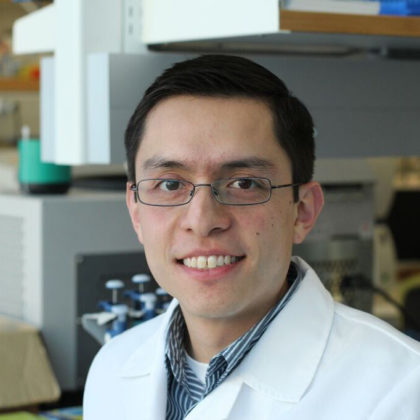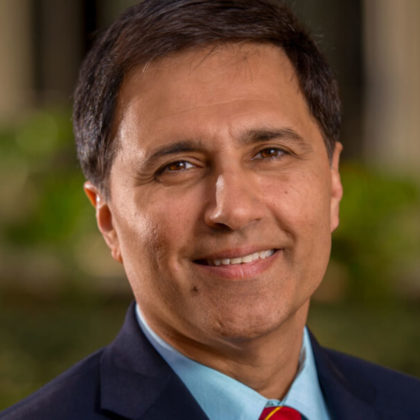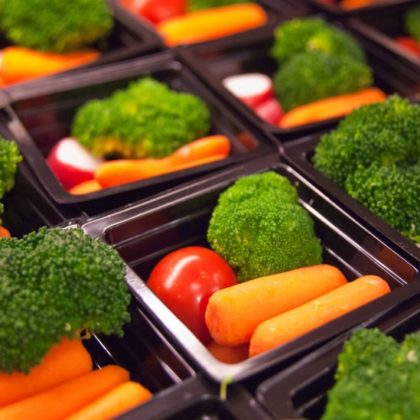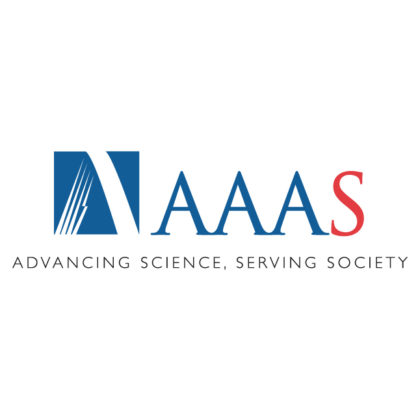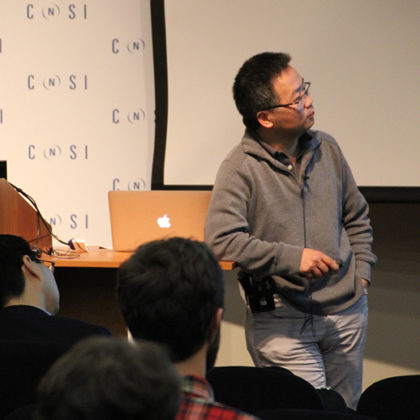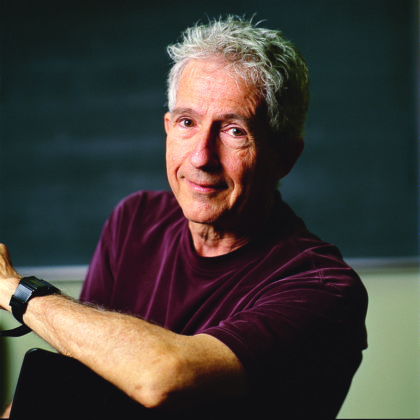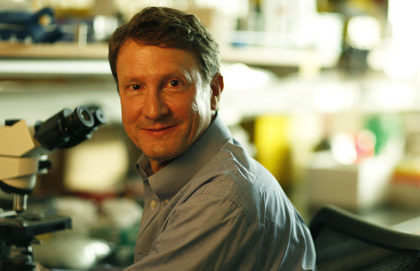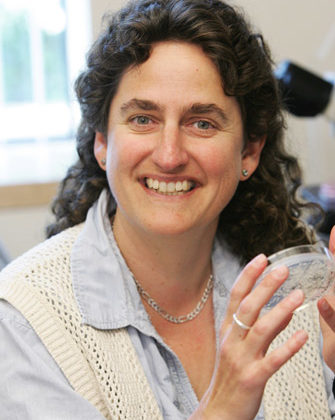Stories
Ismael Fernández-Hernández receives USC-CONACYT Provost Fellowship
We can learn a lot from fly brains, according to Ismael Fernández-Hernández, a postdoctoral fellow in the USC Stem Cell laboratory of Michael Bonaguidi. Fernández-Hernández is an accomplished researcher who showed that …
USC’s Mark Humayun to receive National Medal of Technology and Innovation
President Barack Obama will bestow the National Medal of Technology and Innovation to USC University Professor Mark Humayun at a ceremony in Washington, DC, on January 22. Humayun, who holds joint appointments …
Diet that mimics fasting appears to slow aging
Want to lose abdominal fat, get smarter and live longer? New research led by USC Stem Cell principal investigator Valter Longo shows that periodically adopting a diet that mimics the effects of …
Robert Maxson and five other USC professors named fellows of AAAS
Robert Maxson Jr., an executive committee member of USC Stem Cell, is one of six USC scientists to be elected fellow of the American Association for the Advancement of Science (AAAS).
Tiny Technology may be the future of medicine
Sometimes the smallest tools are required to tackle the biggest problems. At the forefront of innovative research on regenerative medicine and cancer treatment, experts from the top research institutions in the greater …
Common genetic disease linked to father’s age
Scientists at USC have unlocked the mystery of why new cases of the genetic disease Noonan syndrome are so common—a mutation, which causes the disease, disproportionately increases a normal father’s production of …
Technology and science converge
What does a bacterial flange actually look like? Going way beyond the microscope, researchers from across several schools at USC and The Scripps Research Institute in La Jolla, Calif., gathered this month …
Mutant cells dig in their heels
Certain mutated cells keep trying to replicate their DNA — with disastrous results — even after medications rob them of the raw materials to do so, according to new research from USC.
